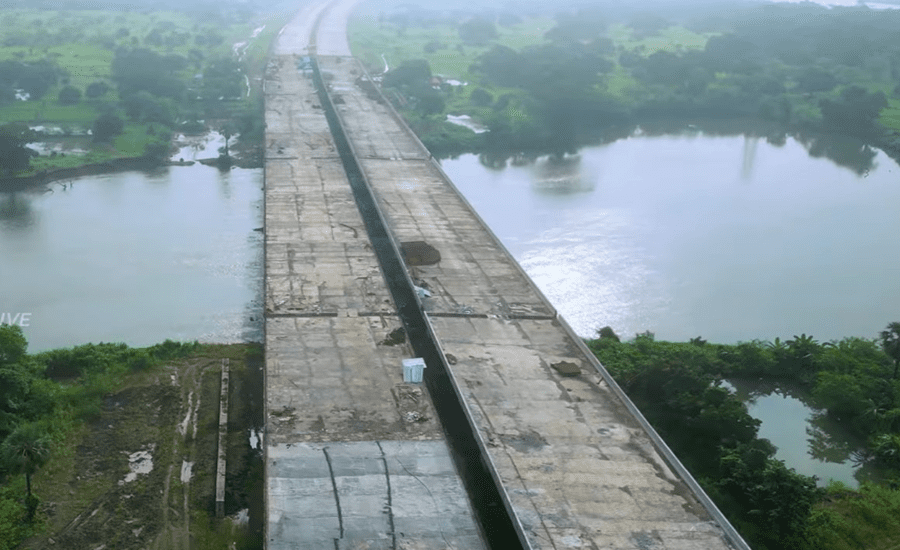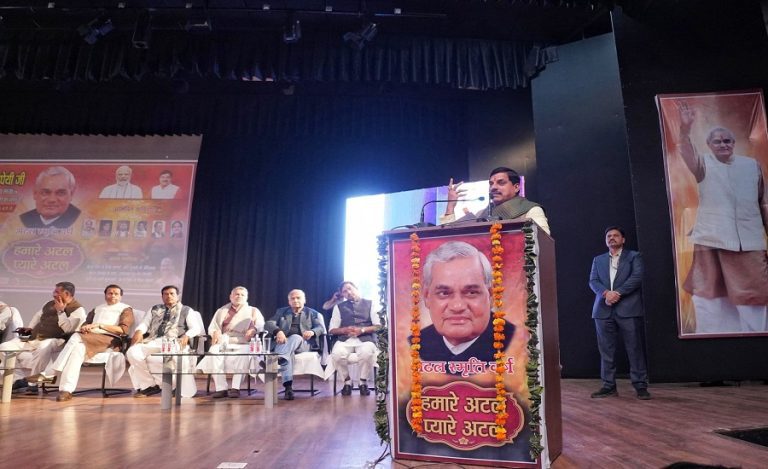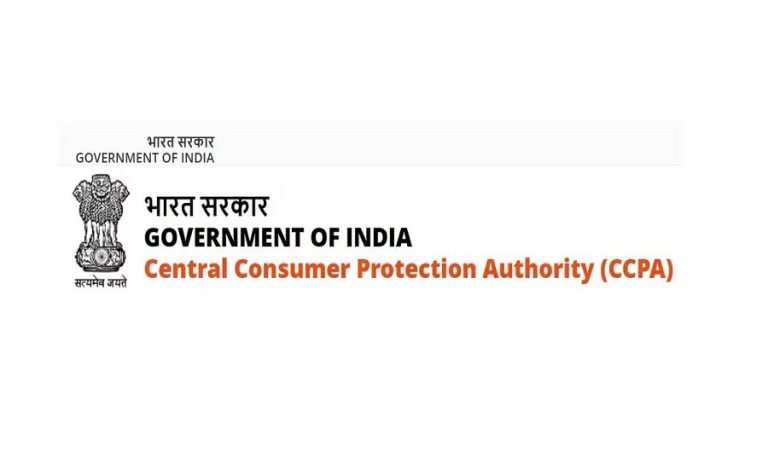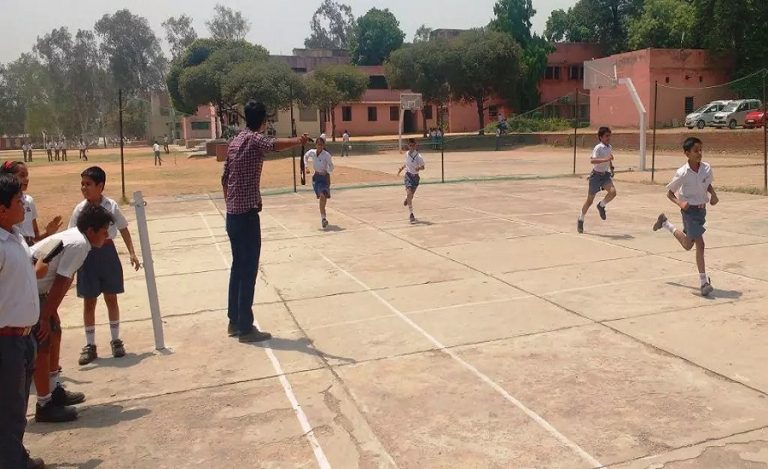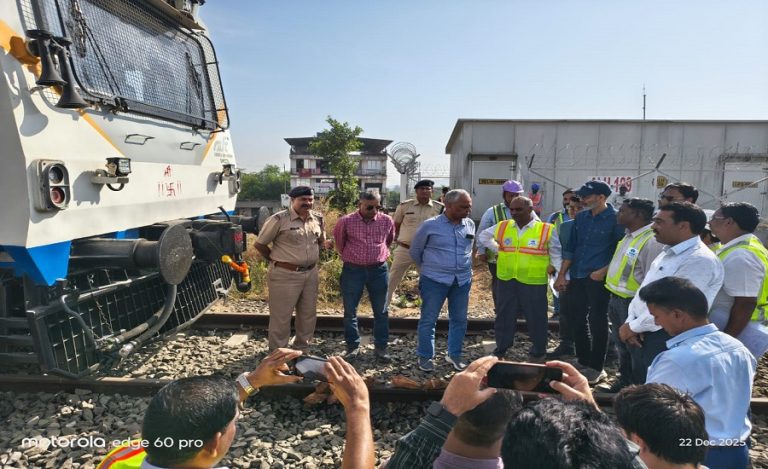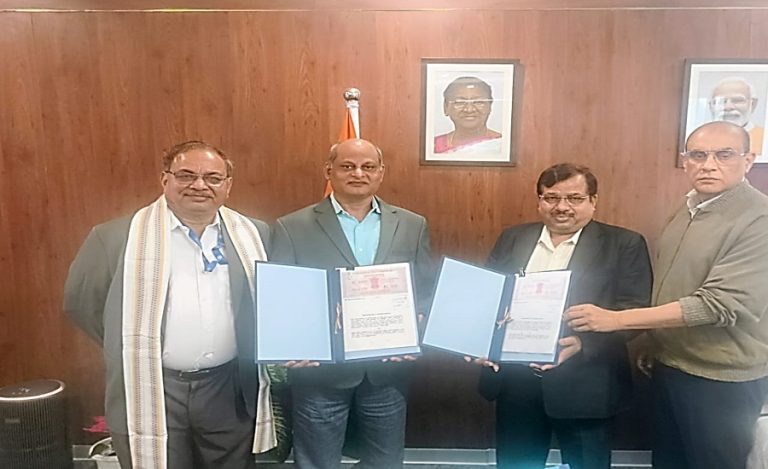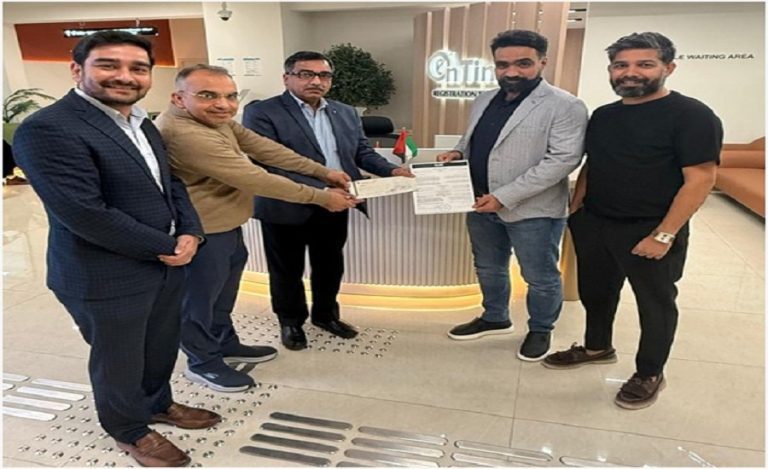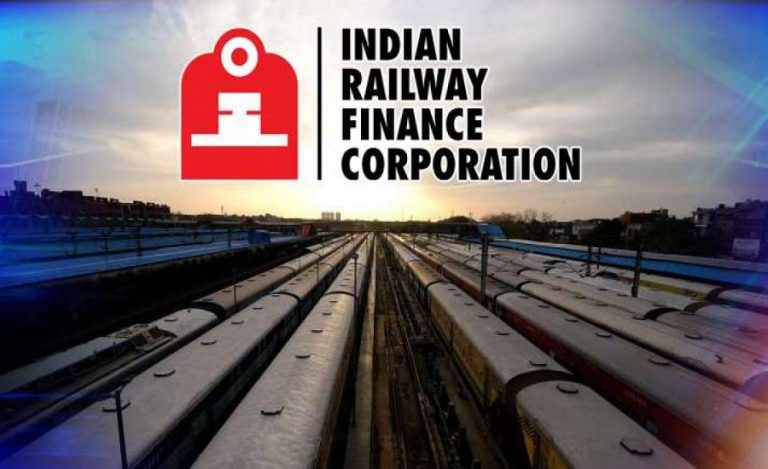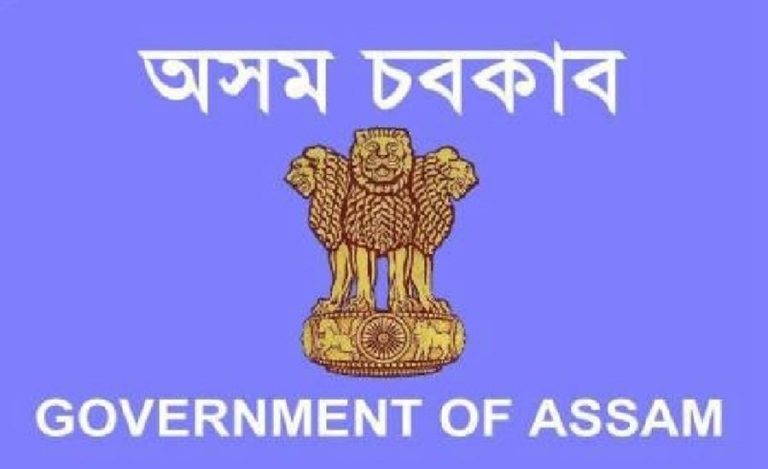India’s largest and most ambitious road infrastructure project, the Delhi-Mumbai Expressway, is steadily moving toward completion, with a major section expected to become operational by December 2025. Out of the total 1,380 km stretch, approximately 413 km passes through Gujarat, where the National Highways Authority of India (NHAI) is working at full pace to ensure timely delivery.
Also Read: Next-Gen Policing in Gujarat: Infocity Smart Police Station to Include 2BHK Residences
The expressway, once fully operational, will drastically reduce travel time between Delhi and Mumbai, improve freight movement, and enhance India’s overall logistics and industrial efficiency.
NHAI Announces New Entry-Exit Point at Pun Village, Ankleshwar
In a significant development, the NHAI has officially announced a new entry and exit point near Pun village in Ankleshwar, aimed at improving access for both commuters and industries. The decision was finalized following a site visit by NHAI Chairman Mr. Santosh Kumar Yadav on October 6.
This new access point will directly connect three major industrial zones — Ankleshwar, Panoli, and Jhagadia, providing a major relief to local commuters and industrial transporters. The move is expected to save time, fuel, and reduce congestion across the Bharuch-Ankleshwar industrial belt.
Improved Connectivity for Commuters and Businesses
With the addition of this new entry-exit route, commuters from Bharuch to Surat will be able to travel via the expressway up to Ankleshwar’s Pun village, and then connect seamlessly with the Ankleshwar-Hansot-Olpad state highway. Similarly, travelers from Surat to Bharuch can use the same corridor in reverse.
This integration will divert heavy traffic away from Bharuch city, resulting in smoother urban mobility and reduced vehicular pressure. The improved route also ensures faster cargo transportation, benefiting industries and logistics operations in South Gujarat.
MLA’s Initiative and Central Government Response
Ankleshwar MLA Mr. Ishwarsinh Patel had earlier written to Union Minister Mr. Nitin Gadkari, requesting improved connectivity for industrial and public convenience in the region. Following his appeal, the Ministry accepted the proposal, marking a proactive step in responsive governance.
Mr. Patel stated that this development would “bring tremendous relief to vehicle owners, industrial workers, and transporters,” reflecting a strong coordination between state leadership and the central infrastructure ministry.
Industrial Corridor to Gain Momentum
The new entry-exit point near Pun village is set to benefit thousands of industrial units operating in Ankleshwar, Panoli, and Jhagadia — three of Gujarat’s most dynamic manufacturing zones. Previously, vehicles had to navigate longer routes via Degam and Bharuch city, often causing over an hour of delay.
With the new route in place, transportation time and costs will be significantly reduced, aligning with India’s vision of improving Ease of Doing Business and industrial productivity.
Proposal for Four-Lane Hansot-Ankleshwar-Sahol Road
In a parallel initiative, a proposal has been submitted to the Central Government to upgrade the Hansot-Ankleshwar-Sahol route into a four-lane highway. The route, which connects to the historic Dandi path, will further strengthen the regional road network, benefitting both commuters and industries.
Once approved, the four-lane expansion will enhance economic mobility, promote tourism, and create a more robust infrastructure backbone for South Gujarat’s rapidly developing industrial ecosystem.
Delhi-Mumbai Expressway: A National Infrastructure Landmark
The Bharuch-Navsari stretch of the Delhi-Mumbai Expressway is set to open by end of November 2025, marking yet another milestone in India’s largest expressway project. Orders have been issued to expedite the remaining construction work between Ankleshwar and Kim, ensuring smooth progress toward full connectivity.
At present, commuters already enjoy seamless travel from Ahmedabad to Bharuch, thanks to the operational Ahmedabad-Vadodara Expressway and the Vadodara-Bharuch section of the Delhi-Mumbai Expressway.
The project stands as a testament to India’s infrastructural transformation, driving regional development, reducing travel time, and bolstering economic efficiency across major states.
Also Read: From Temple to Policy: Gujarat CM’s New Year Message Blends Tradition with Self-Reliant Growth

